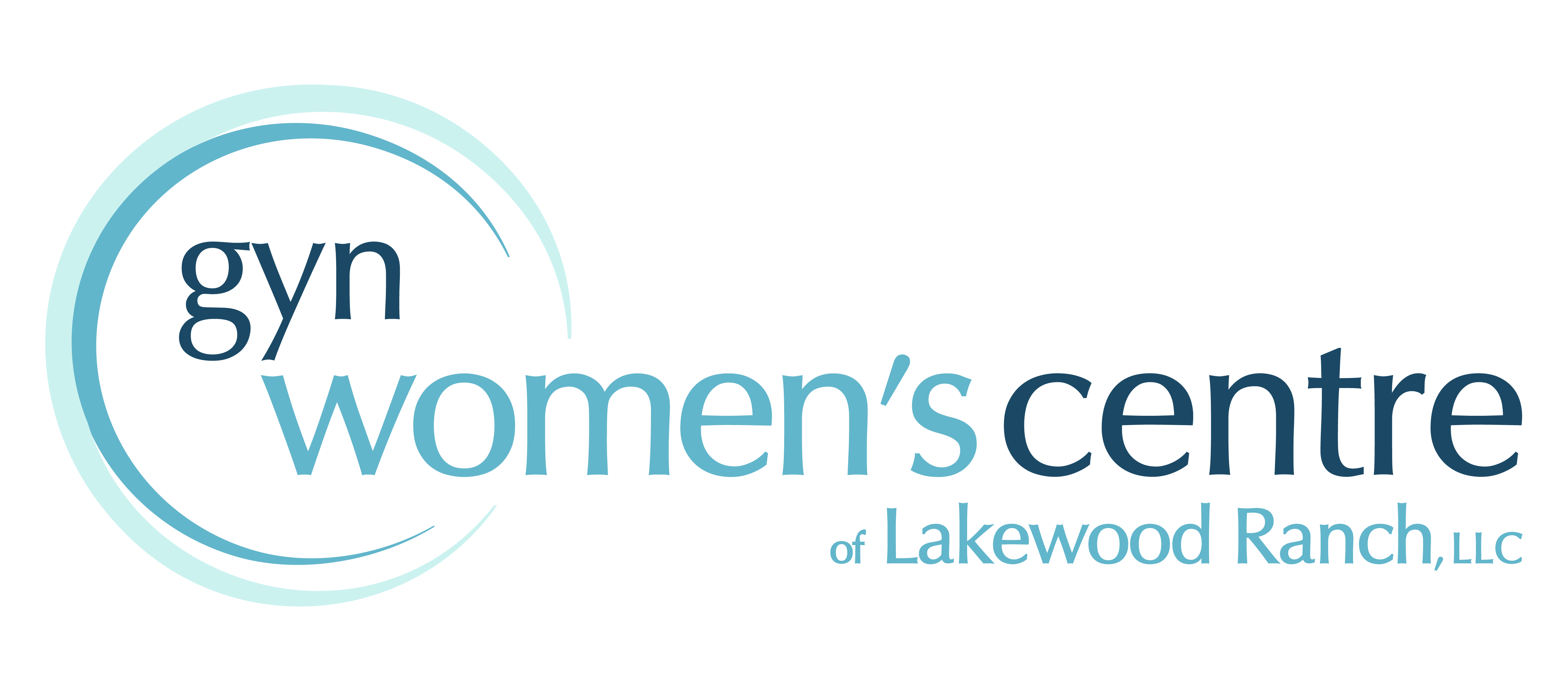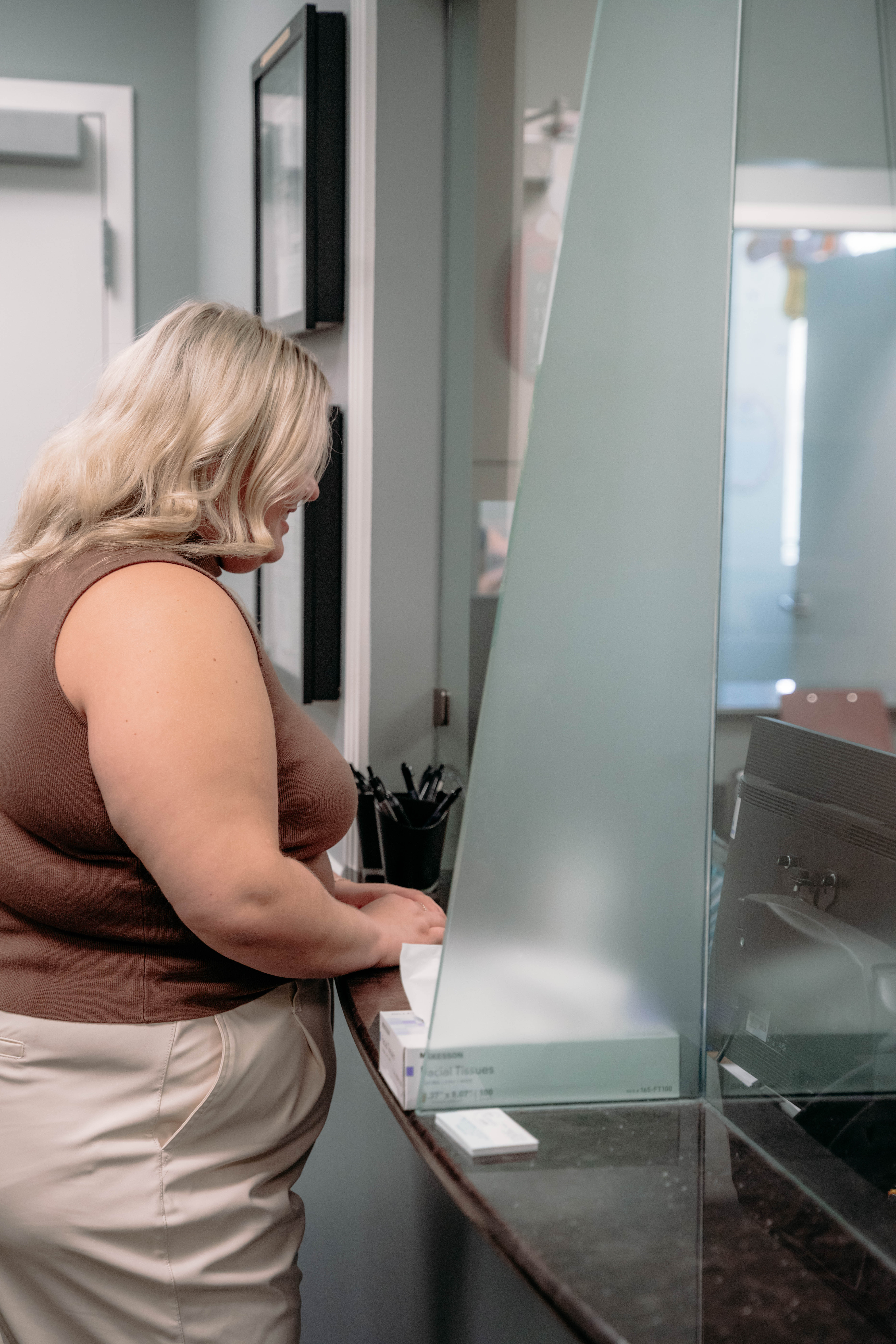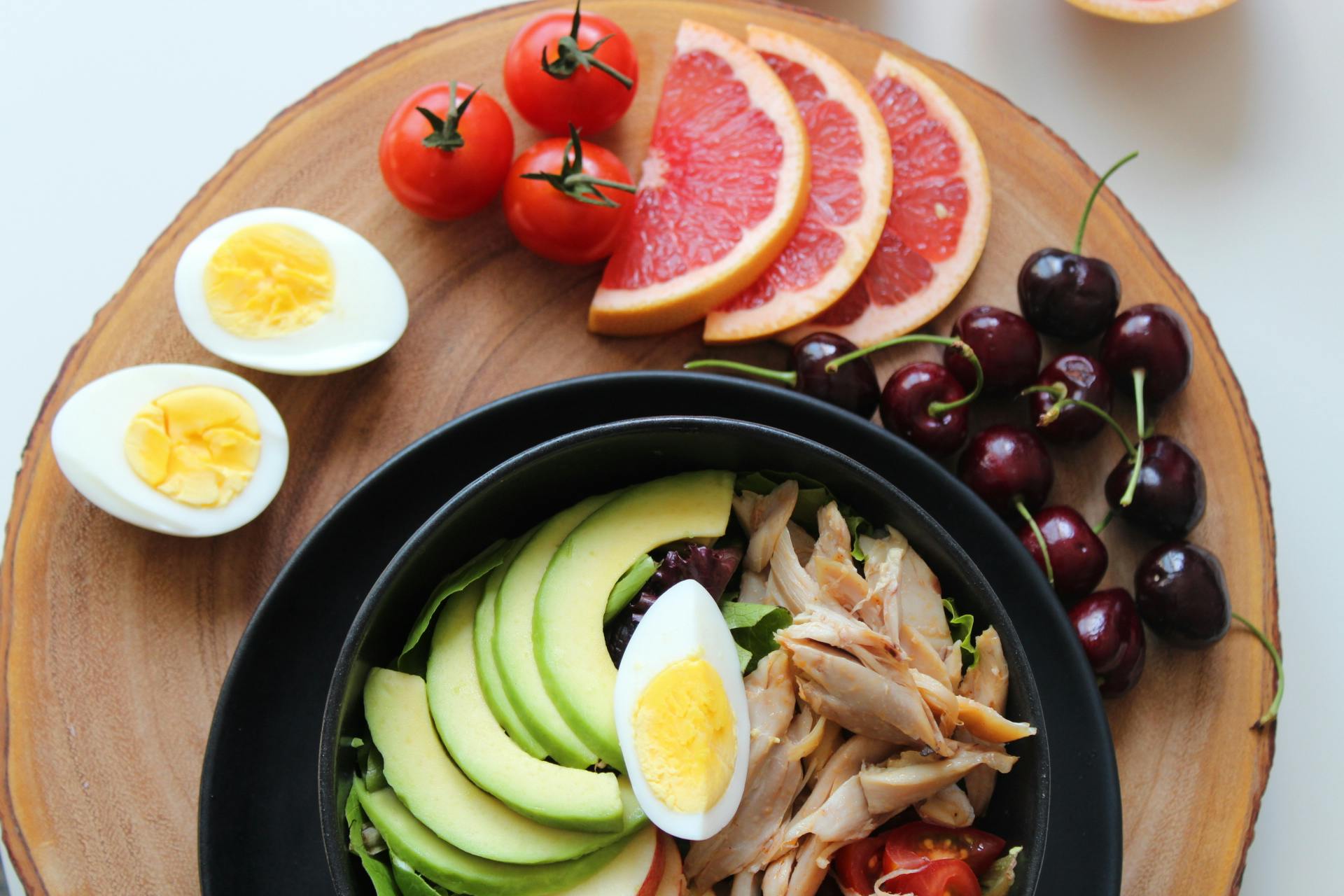Breastfeeding is natural, but that doesn’t mean it’s easy. Whether you’re a new mom or not, it can be tricky getting the hang of breastfeeding. Sometimes the baby isn’t latching on, sometimes they aren’t getting enough milk. Not positioning your baby right or having difficulty breastfeeding can add to the new mommy stress. Here are some breastfeeding basics every mom should know –– oh, and if you’re a mom, we already know you’re busy!
Nutrition
Breastfeeding nourishes your baby and also provides them with a strong immune system. Did you know mother’s milk is easier to digest than formula? It’s recommended that breastfeeding mothers drink six to eight glasses of fluids (water, juice, milk) each day to produce enough milk and to stay hydrated.
It’s important to eat a balanced diet and continue to take your prenatal vitamins to keep both yourself and the child healthy during the breastfeeding process. The Mayo Clinic says you might need a little extra food in your system to keep up your energy for breastfeeding, but you only need an additional 400 to 500 calories a day. Choose nutrient-rich foods for these additional calories, such as whole-grain bread with peanut butter, a medium banana, or an apple and yogurt.
What foods should a breastfeeding mom eat?
Make healthy choices to help fuel your milk production. Choose protein-rich foods like lean meat, eggs, dairy, beans, lentils and seafood low in mercury. Incorporate a variety of whole grains, fruits and vegetables into your diet and wash your fruits and vegetables to reduce exposure to pesticide residue.
Eating a variety of different foods can change the flavor of your breast milk. This can expose your baby to different tastes and possibly help them accept solid foods down the road.
What foods should a breastfeeding mom avoid?
Be cautious about the following food or drinks if you’re breastfeeding:
- Alcohol: No level of alcohol in breast milk is healthy or safe for a baby. If you drink, make sure you wait two or three hours before breastfeeding.
- Caffeine: Avoid drinking more than two or three cups of caffeinated drinks a day. Caffeine in your breast milk may interfere with your baby’s sleep.
- Fish: Excessive amounts of mercury in your breast milk can be a risk to your baby’s developing nervous system.
Positioning and Latching
Don’t expect to be a master at getting your baby to latch onto your breast from the get-go. While this can be rather difficult, don’t get discouraged! Here are a few tips on how to position your baby and get them to latch on:
- Cradle hold: Your baby’s head rests in the bend of your elbow of the right arm (that is if you’re nursing from the right breast), with your forearm supporting the rest of the baby’s body. Hold your breast and gently squeeze it so the nipple points toward the baby’s nose.
- Crossover hold: Hold your baby’s head with your left hand with his or her body lying on your left arm if you’re nursing from the right breast.
- Football hold: Your baby’s legs will be tucked under your arm on the same side as the breast he or she is feeding on. Hold your baby with that arm (you can use a pillow to lift him or her up if that’s easier) and use your other hand to hold your breast to help your baby find your nipple.
- Side-lying position: Lie on your side with your pillow under your head. Your baby should face you with his or her head in line with your nipple. Support your breast with your hand.
- Reclining hold: Lie back on a couch or bed with your pillow propping your upper back, neck and head. Place your baby’s tummy down so he or she is lying vertically on your chest with the mouth just below your nipple.
How to know if your baby is getting enough milk
The American Academy of Pediatrics recommends solely breastfeeding with no other influences for at least six months. The American Academy of Pediatrics says a baby needs to be fed every one and a half to three hours.
After the first week home, your baby should start gaining about an ounce a day. You will know if the baby is getting enough food from how many diapers you have to change. You should see about five or six wet diapers a day until your baby is six months old.
If your baby seems happy and healthy after feeding, then most likely he or she is full and content and getting enough milk.
Breast Pumping Tips
If you plan on returning to work quickly or leaving your baby for an extended period of time, you will need to get your breast-pump tactics down. Just like breastfeeding, pumping takes practice and doesn’t always come naturally. Choose one or two days right after you finish nursing to start pumping and get a large supply of breastmilk. Breastmilk should be kept at safe temperatures and should be handled carefully to avoid contamination.
If You Need Any Help or Advice on Breastfeeding, Call Us
At OB-GYN Women’s Centre of Lakewood Ranch, we are passionate about helping every woman. Whether you need advice on breastfeeding or nutrition, we are here to help you. Please call us today or schedule an appointment online.




